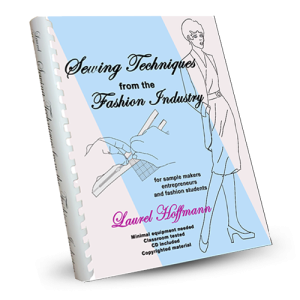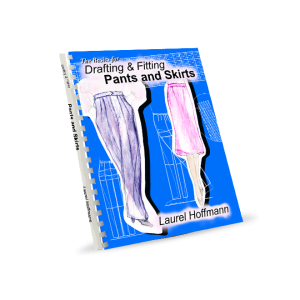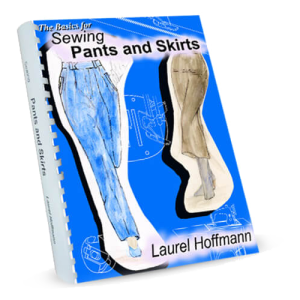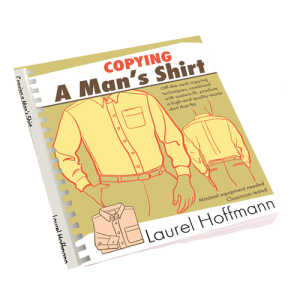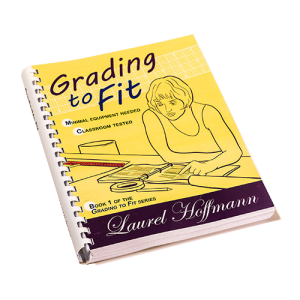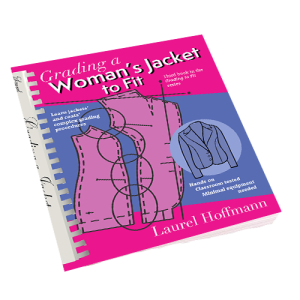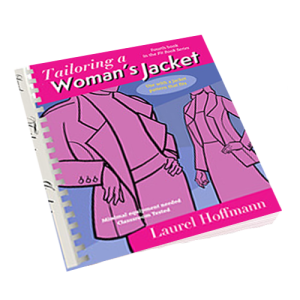Taking fashion education in college?
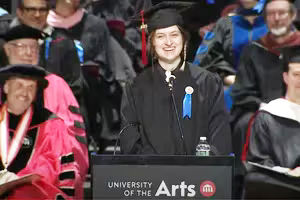
Thinking of majoring in fashion in college? Or maybe starting a fashion business? Perhaps just taking some basic sewing courses? Here is what you might consider if you are enrolling or enrolled in fashion education.
Many fashion professors have never worked in the industry. If you are enrolled or planning to enroll in a fashion college program, ask your professors (or ask your entrance advisors about the college fashion professors), Did you work in the industry? What did you do in the industry? Once enrolled, ask the upper class-men what courses are best, which professors one should choose.
Why is it that professors who never worked in industry, or had menial jobs in industry, are teaching college fashion students? Industry pays very well, especially if one is really good at one’s job. There is plenty of change to move up, and to have one’s pay increased as one achieves.
College positions don’t pay well. A college professor’s pay is based on the number of years she/he has taught and the number of degrees she/he has. Excellent reviews from students and experience in the industry have no bearing on pay. Plus, one’s job is only secured when students sign up for the next seminar’s classes. Not enough students to run the class – poof! one is out of work, until, hopefully enough students sign up for the next class – if it is offered again and one is asked back.
If one is well-trained in industry – and it’s probably the only place one can get adequate training, the other professors who haven’t had any industrial experience know the professor with industrial experience is well aware they don’t have the same job experiences or knowledge. (Please note: Some designing departments, including Penneys, will not hire anyone with a fashion degree, preferring to hire off the street, and train. They have found that fashion graduates have too much to unlearn and too many unrealistic expectations.)
The other professors can be very jealous and concerned about loosing their jobs. This can cause a lot of politics for a professor who does have the experience. Since many or most of the university’s fashion professors have not worked in industry, the politics can be fierce. In addition, some educators with no industrial experience are convinced that home economics (out of date for over 100 years) is what the students need to learn. Professors who do have industrial experience quickly decide to return to industry, no matter how much they love to teach and interact with the students.

In the apparel industry the best paid job in the designing departments is technical designing. Previously called pattern makers, technical designers hold positions comparable to CEOs in other professions. A technical designer corrects the designer’s patterns that the designer used to develop her approved design including its fit, oversees the making of the samples, grades the patterns, and sets the work up for the factory. Many technical designers, although not all, also know sample making – sewing as done in the industry.
The technical designers’ jobs tend to be very secure as technical designing is the most essential job in the designing departments. More of these techniques, hands-on grading; fitting individuals rather than dress forms, determining the sizing by chest measurements, fitting the bust; need to be taught in the college fashion programs by professors who have worked in industry, as industry needs well-trained personnel. If you are lucky enough to have a technical designer as one of your professors, you will be well prepared for a job in industry. But that is not likely.
The sample makers are also invaluable – terrific seamstresses, watching them sew is pure poetry. But because they have moved up in the factories and rarely have college educations, they are not hired to teach in college. If they are, they are often hired to assist professors who teach home sewing. That is the reason home sewing, of no use in industry, is generally taught in fashion education programs.
As for the designers, one often reads about designers who are making large sums of money, but these are Man bits Dog stories. Designers can depend on their jobs as long as their designs sell in the market, obviously not a very secure occupation.
Fashion is a highly desirable major among young girls. One often reads about designers who are making large sums of money. Unaware that these are Man bits Dog stories, young girls, told by their parents they need college to be able to support themselves, the girls sign up for loans and are accepted into various fashion programs. Too often a loan is the only portfolio needed to be admitted into many fashion programs. Fashion programs make a lot of money for colleges and universities.
Heads of universities frequently have almost no experience with the fashion industry. Unaware that the students need to learn the technical procedures used in industry in order to secure the jobs that pay well, universities offer the students classes the students want, that are a lot of fun, and that the students are convinced they should take in college – fashion design. Too many of these classes involve designing pretty pictures. What these students don’t know is that many manufactures don’t even hire fashion designers. They just tell their technical designer what they want manufactured. The technical designer then drafts the patterns and sets the work up for the factory. A technical designer, given a garment with attached sales tags, can have graded copies of the garment coming off the line within five days. The original garment is then returned to the store with no stitches ever removed, in its original box, with the tags intact.
Excited and eager students are often told that they do not need to learn how to sew, as they will not sew in the industry, which is true. Since most college professors do not know sample making (sewing an entire garment using the sewing procedures that are used in the factories), home sewing procedures, out of date for over 100 years, are almost always taught in colleges and other fashion programs. College professors usually do not want to teach sewing classes. I was told, years ago by the head of the fashion program where I was teaching, that the kids were usually able to get it together. In other words, there was no reason to be concerned about the students’ ability to sew.
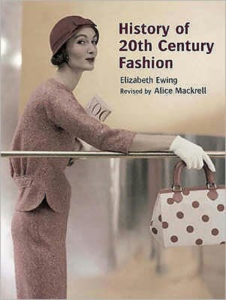
Many fashion students graduate, deep in debt, without the ability to make their own clothing.
Development of global apparel engineering technology
Apparently the problems with fashion education are global
During World War 1 and II we were at war, but the war was not here in the United States. The allies need clothing. Orders were sent out to small manufacturing firms here in the USA who were making other products using low-level engineering procedures. It was then that the apparel production methods were developed, now used throughout the global fashion industry. Because production is line assembly, even in industry, few know how it all goes, the major reason many fashion students graduate without the education they need.

LaurelHoffmann-YouTube
https://laurelhoffmann.com/
https://www.facebook.com/CFashionEdu
https://www.linkedin.com/in/laurelhoffmann/
https://phillycam.org/project/creating-fashion
https://www.instagram.com/laurelhoffmann4015/
RSS Feed: https://laurelhoffmann.com/blog/
https://www.yelp.com/biz/laurel-hoffmann-oreland
Phone: 215 884 7065
